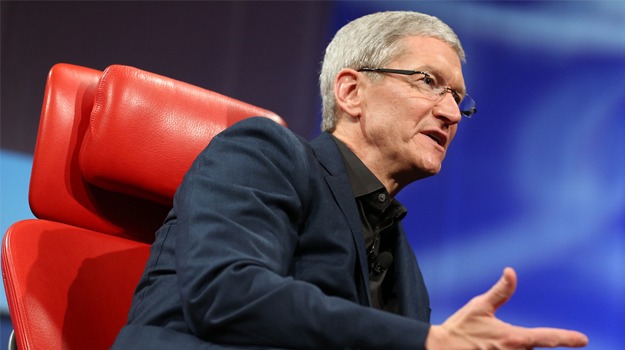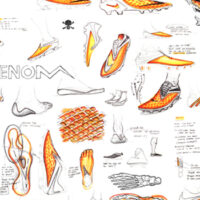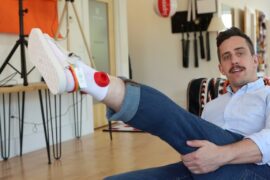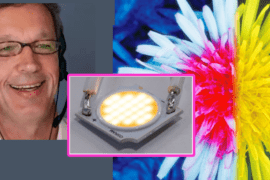Back in early 2012, Nike introduced FuelBand to rave reviews and a wide spectrum of users…those who actually use it and those who consider it a fashion accessory. Around that same time, Google had announced the Glass Project — which resulted in what we are seeing today with the Google Glass…effectively creating the Wearable Technology product category. While this is certainly an exciting time, there are still a lot of questions left unanswered. Where does the balance between function and fashion reside, and what will and won’t work in the coming years as Wearable Technology becomes a high-growth market? Tim Cook chipped away at some questions regarding the current state of Wearable Technology in a recent All Things D interview. Here’s what he had to say.
Tim Cook on Wearable Technology
Perhaps the biggest question surrounding Wearable Technology centers around how it actually fits into our daily lives—-and not just fit, but how will it make our lives better? Which products will be ‘the future’ and which ones will fall through the cracks like a Sony Mini-Disc? How will these products help communities or will they drive individuals into complete isolation?
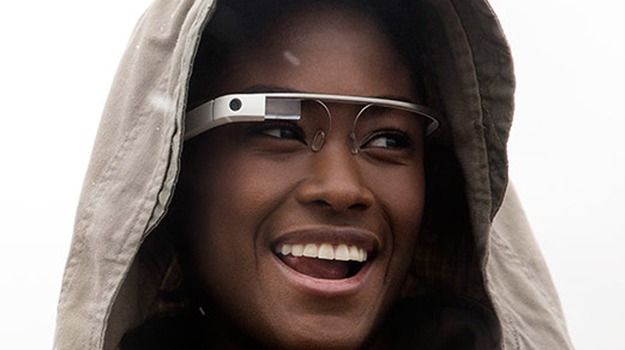
What we do know is that Moore’s Law hasn’t failed us (yet), and the development of computer systems over the next 5-10 years will be integrated into smaller and more invisible devices. But which devices will lay the path out for the future of wearable tech?
Speaking on the topic of emerging trends in tech, Tim Cook reveals what his thoughts are on wearables and why it might work for some, but not for others:
Mossberg/Swisher: Is the future wearables?
Cook: I think so. I wear this. It’s a FuelBand. I think Nike did a great job with this. It’s for a specific area. It’s integrated well with iOS. There are lots of gadgets in this space now…[As for] the ones that are doing more than one thing…there’s nothing great out there that I’ve seen. There’s nothing that’s going to convince a kid that’s never worn glasses or a band to wear one. So I think there’s lot of things to solve in this space, but it’s an area where it’s ripe for exploration. It’s ripe for us all getting excited about. I think there will be tons of companies playing in this.
I see it as something, as another very key branch of the tree. You think about the post PC era, and we really started talking about this several years ago. I think the iPhone pushed us toward that fast and the tablet accelerated it. I think wearables could be another branch on this.
I’m interested in a great product. And I think in terms of glasses, I wear glasses because I have to. I can’t see without them. So I kind of have that problem. I don’t know a lot of people who wear them who don’t have to. People who do wear them generally want them to be light, to be unobtrusive. They probably want them to reflect their fashion, their style and so forth. And so I think from a mainstream point of view, this is difficult, this is difficult to see.
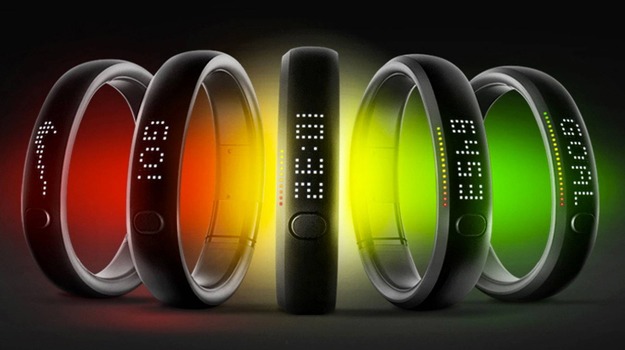
I think the wrist is interesting. I’m wearing this [FuelBand] on my wrist. It’s somewhat natural. But as I said before, I think for something to work here [gestures to wrist], you first have to convince people it’s so incredible that they want to wear it.
Because you two guys are wearing watches. If we had a room full of 10-20 year olds, and we said ‘everyone stand up who has a watch on,’ I’m not sure anyone would stand up. I don’t see it. Their watch is this [pulls out an iPhone]. I don’t think it has to be just that. I think there are other wearable ideas that could be interesting. The whole sensor field is going to explode. It’s already exploding. It’s a little all over the place right now, but with the arc of time, it will become clearer I think.
Cook brings up an interesting point regarding wearing glasses out of need. What about hearing aids?
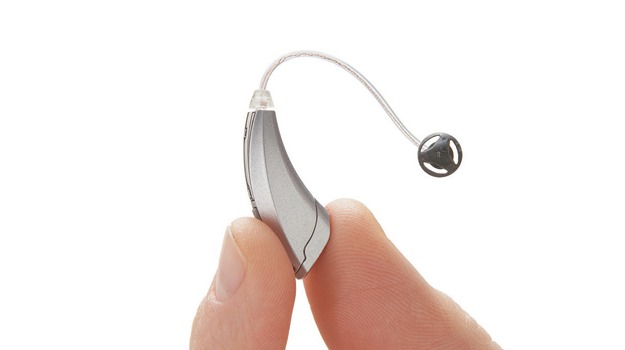
Aren’t hearing aids among the first fully-developed Wearable Technology product? If people were generally excited about the concept of wearing tech, hearing aids would have gotten a lot more attention as a ‘futuristic wearable’ rather than being labled an ‘assistive device’ decades ago? Perhaps this is a sign that modern day wearables really are a sign of shifting fashions that speak to the general public?
Despite the plethora of ‘what ifs’ surrounding the market and potential pitfalls for Wearable Technology, there is a huge amount of potential for both enabling the disabled and making the unfashionable, fashionable……and whatever happens, there’s nothing to complain about there.

